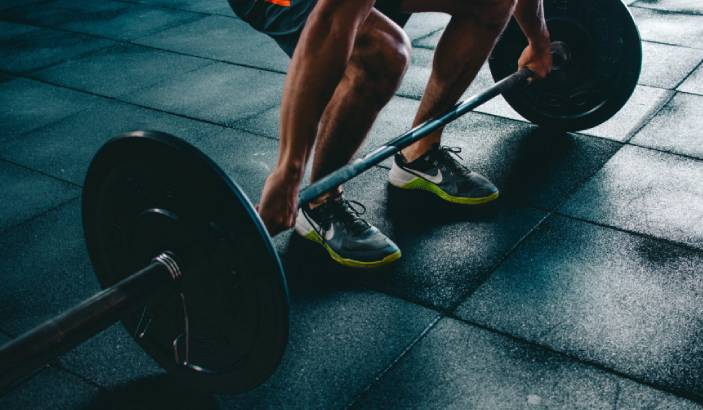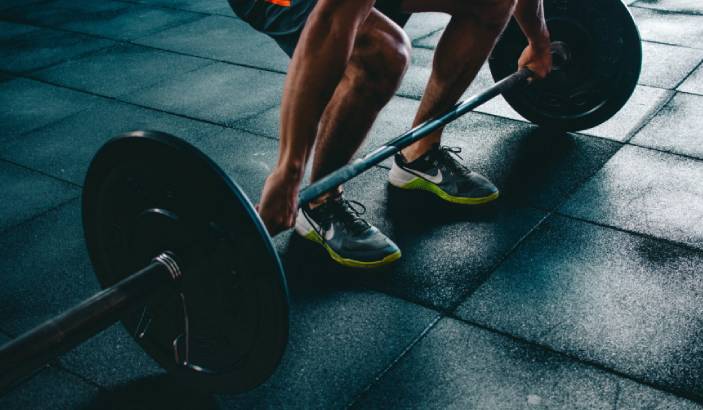Microplastics in Humans: Understanding the Risks and How to ..
8 Min Read


Muscle strengthening is an essential element of overall health. It can enhance your health, muscle strength, bone density, and balance, minimize joint discomfort and raise confidence. Strength training causes your muscles to work more arduously than they usually do, allowing you to improve resilience so your muscles can work hard without tiring you out.
On the other hand, strength exercise increases both the size of your muscle fibers and the capacity of your nerves to interact with the muscles. As a result of resistance training, your muscles become more coordinated and capable of performing activities that demand strength. If you want to increase your fitness objectives, keep reading to learn about muscle straightening and Training, its advantages, and the numerous sorts you may practice to stay healthy.
A muscle-strengthening exercise is a consensual activity that includes weight machines, exercise bands, hand-held weights, or one's body weight. It refers to any activity that requires your muscles to work harder than usual. This improves your muscles' strength, size, power, and endurance. The exercises include utilizing your body weight or exercising against resistance. Every week, you should try to do at least two sessions of muscle-building activities. Among the muscle-strengthening activities are: Muscle-strengthening training can be performed for various purposes, including strength-related sports, cosmetic goals, physical treatment, athletic performance training, and general health and fitness.
Exercises that promote leg strength, balance, and coordination can help people maintain and improve their muscle strength as they age and avoid falls. Workouts for leg strength include:
Muscle-strengthening workouts help maintain everyday function while also slowing the rate of bone and muscle loss related to aging. Such exercises can also help reduce your risk of falling. Professionals believe that strengthening your flexibility will improve your posture, reduce aches and pains, and reduce injury risk. Suppleness exercises assist a joint in retaining the flexibility needed for regular activities and physical activity. Activities that promote flexibility include:
Muscle growth increases when the muscles are constantly challenged to deal with increased resistance levels or weight. This is referred to as muscular hypertrophy. Muscular enlargement occurs when the muscle fibers are damaged or injured. The body heals frayed fibers by combining them, increasing muscle growth and size. Hormones such as testosterone, growth hormones, and epidermal growth factor are also involved in muscle development and regeneration.
These hormones function as follows:
One of the ways to increase muscle mass is utilizing the Muscle Booster From Welltech. Experts created this app to make muscle strengthening and training an easy aim to accomplish.
You can enjoy many other benefits when you develop physical muscle mass and strength, aside from looking and feeling fantastic, especially if you are attempting to lose weight — and you don't have to be an excellent bodybuilder to take full advantage of them.
Participating in a resistance training program is the most excellent approach to increasing muscular strength. Some individuals refer to it as "weight training" or "strength training." However, you do not need to lift weights to develop your muscles. You can do simple bodyweight workouts at home to improve muscle and strength. Weight training increases the growth of your muscle fibers and your nerves' ability to interact with your muscles. As your biceps expand with strength training, they become more synchronized and capable of performing strength-required motions. The following exercises can assist in enhancing strength and shape:
Pushups: Pushups train several upper-body muscles, including your chest, back, and arms. This workout prepares you for pushing actions like pulling a supermarket cart or stroller.
Plank: A plank trains your triceps while developing your core muscles. A stronger core implies increased posture, stability, and flexibility.
Crunch: According to some studies, the crunch also strengthens your core and back, which may help relieve persistent low back pain.
Squats: Squats strengthen your quadriceps (thighs) and glutes (buttocks). This makes walking or running, lifting hefty objects, and going up and down stairs easier.
Lunges: Lunges are an excellent workout for developing your hamstrings, which are the muscles on the rear of your upper leg. Stronger hamstrings allow you to run faster while also increasing knee joint stability.
Biceps: The biceps muscles are located on the front of your upper arms. When they are strong, it is simpler to undertake ordinary tasks such as running errands and going to pick up your children or grandchildren.
When you incorporate muscle strengthening and training exercises into your workout regimen, you may improve your strength. As your muscle mass grows, you will be able to lift weights more effectively and for more extended periods. If you persevere, you may acquire strength even if you are not fit when you first started.